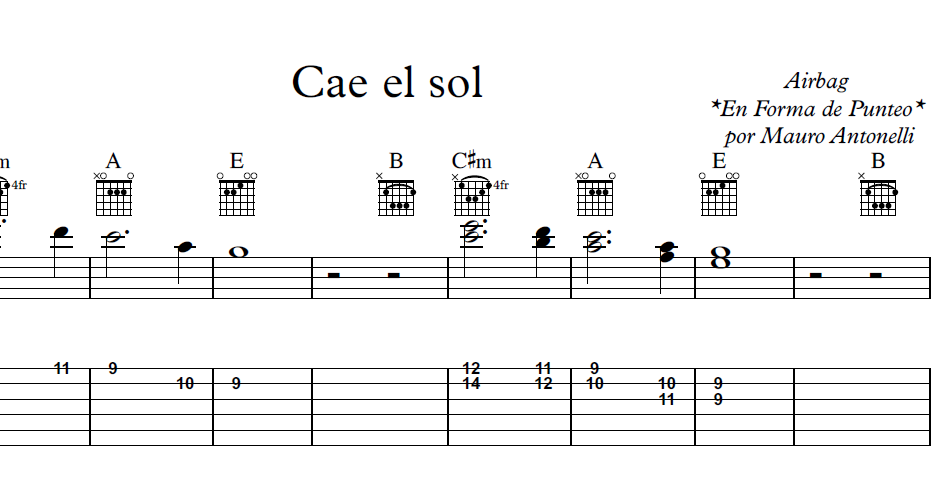


Hexatonic modes 169 No names 169 Major hexatonic 173 Minor hexatonic 174 Quartal or ré hexatonic 176 Summary in 14 points 150 One last point 151Ĥ. Non‐heptatonic modes 155 Tritonic and tetratonic 155 Pentatonic 157 Anhemitonic pentatonic 158 Doh‐pentatonic 159 La‐pentatonic 160 Ré‐pentatonic 161 Blues pentatonic 162 Doh‐pentatonic blues 163 La‐pentatonic blues 165 Hypo’ modes 116 Non‐diatonic heptatonic modes 116 Maqamat, flat twos and foreignness 118 Basic concepts and theory 118 Tetrachords and jins 122 The heptatonic‐diatonic ‘church’ modes 98 Theory 98 Examples 103 Ionian: Dorian: Phrygian: Lydian: Mixolydian: Aeolian: Intra‐octave tuning 71 Intervals 71 Octave 72 Intervals and intra‐octave tuning 74Įqual‐tone tuning 78 Instrument‐specific tuning 83 Summary in 14 points 87ģ. Heptatonic modes 89 Intro 89 Scales, modes, tonal vocabulary 91 Ionianisation ( ) 94 Modes and ‘modality’ 96 Heptatonic: why seven? 97 Timbre and tone 63 Summary in 15 points 67 Bridge 68Ģ. Tuning, octave, interval 69 General tuning systems 69 Extra‐octave tuning 69 Tone, tonal, tonality 55 ‘Tonal’ and ‘tonical’ 56 ‘Tonal’ and ‘modal’ 58 Tonality, Tonart, Tonalité, Tonicity, Tonicality 60 Tagg: Everyday Tonality II - Contents Music examples (notated) 43 8va and 15ma bassa 44 Surprising discoveries 27 Summary of chapters 27 ALL THIS IS PROVISIONAL 27Īppendices 31 Glossary 31 Reference appendix 31 Internet references 32 Font resources 32 Index 33įormal and practical 33 Cross‐referencing and order of topics 33 Musical source references 34 Reference system 34 Accessing and using musical sources 34 Online recordings 34 Online notation 35įormalia 36 Tonal denotation 36 Note names 37 Scale degree abbreviations 37 Octave designation and register 40 Scale degree chord shorthand 40 Chords 40 1. Lead‐sheet chord shorthand 40 2. Quartal chord designation symbols 41 3. Roman‐numeral chord shorthand 41 Table of Contents 2014‐08‐02, 01:53 VERSION 2.1, 2014‐07‐13 1 Unaltered non‐ionian tertial harmony 284ĮVERYDAY TONALITY II 5 Preface (under reconstruction), 01:52 15 Why this book? 15 Why ‘Everyday Tonality II’? 17 There are at least seven reasons for producing a second edition. 17īasic terms 20 Who’s the book for? 21 Caveats about the title and contents 21 Basic structure and contents 23 The book proper (15 chapters) 23 Rationale and reservations 23 Keywords: music, popular music, musicology, music theory, tonality, modality, melody, harmony, polyphony, chords, harmony Typing, layout and editing by the author. Tagg, Philip: Everyday Tonality The Mass Media Scholars’ Press, Inc.

, 01:53 THIS IS A PROVISIONAL VERSION CHAPTER 15 & THE PREFACE HAVE YET TO BE RE‐WRITTEN REFERENCE APPENDIX INCOMPLETE, NO INDEX, TABLE OF CONTENTS UNEDITEDĮVERYDAY TONALITY II -Towards a tonal theory of what most people hear. Tonical neighbourhood phone (Fig. 56, p. 304)įor my comrade and colleague Franco, for his students -and for mine, too.


 0 kommentar(er)
0 kommentar(er)
